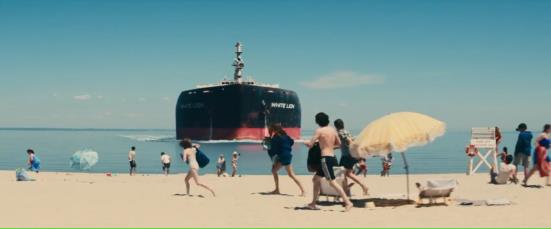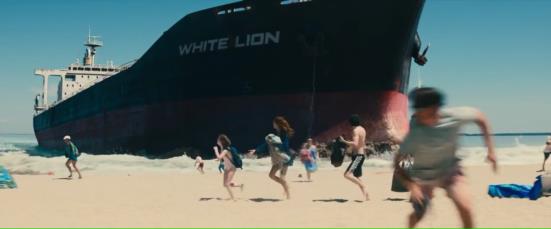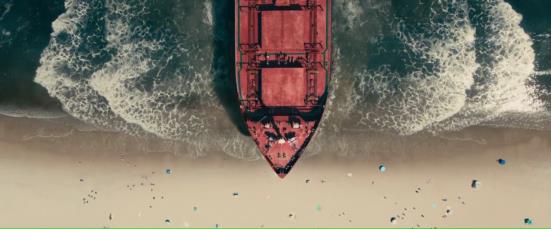
NavList:
A Community Devoted to the Preservation and Practice of Celestial Navigation and Other Methods of Traditional Wayfinding
From: Frank Reed
Date: 2023 Dec 28, 11:43 -0800
David McN, you wrote:
"Away from the textbook, great circle sailings happen very rarely. See the current Ocean Globe race gps tracking as an example. Across the Indian Ocean, only one yacht appeared to have followed a GC course to NZ, partly due to the need to stay north of virtual ice clearing marks. A passage needs to be very long to make the difference between GC and mercator meaningful. Weather conditions and other limits are usually the more important considerations."
Exactly. Minimum distance is an interesting benchmark, but fuel economy and voyage duration are far more important. And as you say, it takes a very long voyage to make a difference. The textbook case (actually very common in textbooks since so many were written c.1980 when corporate Japan was seen as the future competitor) is Yokohama to Oakland. That's a nice long one where the "straight across the chart" track is definitely longer in miles, and also where there are no significant landmasses to reduce our options.
You added:
"However, it can still be useful to have a reasonably accurate knowledge of a GC route, not to steer one's own passage but rather to know where the shipping lanes are. The ships will follow GC courses where possible and if shipping is forced to travel further distances across oceans to avoid the Red Sea, this knowledge will become more important for sailors."
Yes, that's true, too. It does slightly contradict your previous comment, but it's an important exception. Great circle passages are not so rare on ships where they navigate by "pressing the button". If the autopilot/auto-navigator is told to take the ship from point A to point B, it will probably assemble a track out of great circle segments ("segments" because any tool like this usually has some rules to prevent us from driving the oil tanker over land (but see PS). I suspect, though, that the auto-navigation systems will be updated on most ocean-going vessels within just a few years to acquire optimized weather-routed, best economy tracks, so this era with great circle legs as standard defaults may be coming to an end.
Frank Reed
PS: Of course, technology is scary and we're doomed if we trust it. There's, like, hackers and stuff, and A.I. gone rogue... and I saw this guy on youtube once and... I don't believe any of that in the slightest, but that's at the heart of modern conspiratorial paranoia, and it's a plot element in a recent movie (see attached cgi images of an oil tanker visiting a beach on Long Island, New York "because there's something wrong with the nav system" according to a minor character). See? This is why everyone needs my GPS Anti Spoof app. The movie, "Leave the World Behind", has some clever moments, but it's mostly a stew of silly paranoia, and certain literal-minded viewers found the ending confusing. That's Julia Roberts in sunglasses running from the wayward ship.










